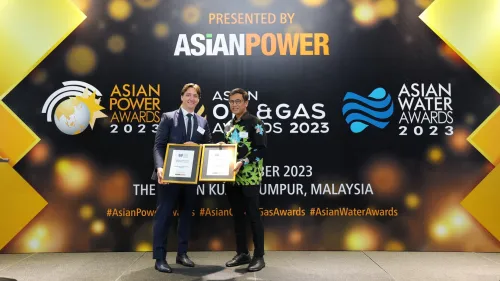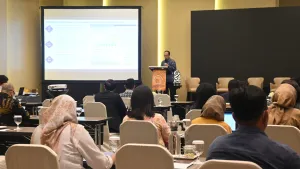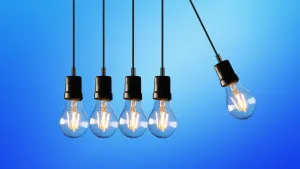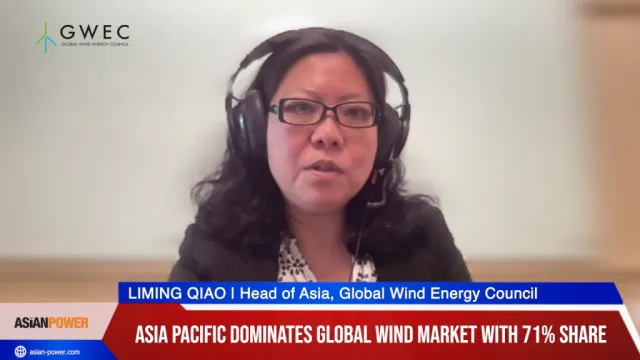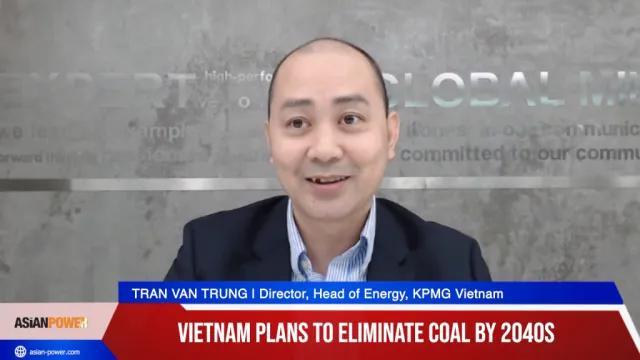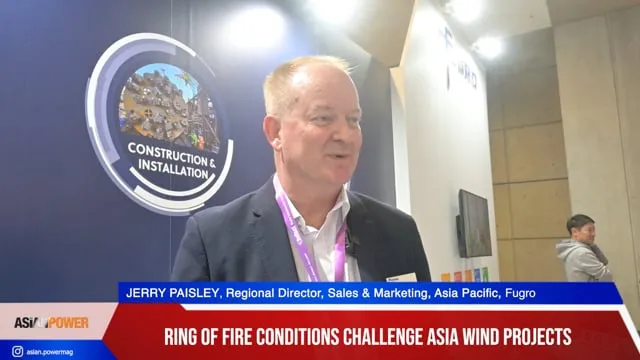
China: The Global Wind Leader
In only a few short years China has emerged as the world’s wind energy power house.
As in so many other sectors, whether one looks at demand or supply, China has raced up the global rankings. This is positive news not only because it means that China is using more clean energy, but also because mass Chinese production and innovation is lowering the cost of wind power for everyone.
To understand just how impressive China’s rise in the wind sector has been, one only has to go back to 2005 wherein installed capacity was under 1GW and there was only one real PRC wind turbine manufacturer. On the project front, installed capacity is nearing 50GW, and in 2010, China accounted for 48% of the world’s new wind capacity. Against this backdrop of huge growth there has also been a drive by the Central and Provincial Governments to localize equipment manufacturing. This resulted to the 3000% growth in the number of locally branded and made turbines being deployed in China in five years. By 2010, four of the world’s top 10 wind turbine manufacturers were PRC companies.
This spectacular growth has attracted many new developers and manufacturers into the industry which, in turn, led to challenges in both connecting projects to the grid and maintaining quality standards at manufacturers. In fact, the Government is now trying to slow growth as the Chinese wind sector is arguably overheating. This is being done so that quality control can be improved. They are doing this by trying to restrict the number of turbine manufacturers and to restrict the proliferation of projects. With reports of almost 80 turbine manufacturers in the market, it is clear that the industry is due for consolidation.
There are several reasons why wind has been more popular than expected. Wind projects can be built quickly and safely without risk of pollution, contamination or emissions of any kind. Wind is great from an energy security and job creation point of view (major considerations in China) and lastly the cost of power from new wind farms is increasingly competitive.
But of course wind is not a silver bullet. The most obvious issue is that wind is intermittent and can therefore create grid network management issues. Given the unexpectedly fast growth of wind, the 11th 5-year plan did not allocate enough money for grid improvement. As a result, there have been significant grid connection issues, especially in areas of high wind penetration. However, aware of the issue, the new 12th 5-year plan has allocated a massive RMB270 billion for ultra high voltage transmission lines. These lines are primarily aimed at improving the transmission of large scale wind and other renewable energy from remote areas to the crowded coastal provinces where the power is needed.
Whilst the issues will not be solved over night, it is clear that both the Central Government and industry are working together to continue to deliver large amount of clean, green wind energy.
The emergence of China as a wind energy powerhouse is something we should welcome as it means one of the worlds biggest power markets is starting to realign along a more sustainable path. And as China brings down the cost of wind energy for itself, the rest of the world also benefits.
Alex Tancock, General Manager, Wind Prospect (HK) Ltd


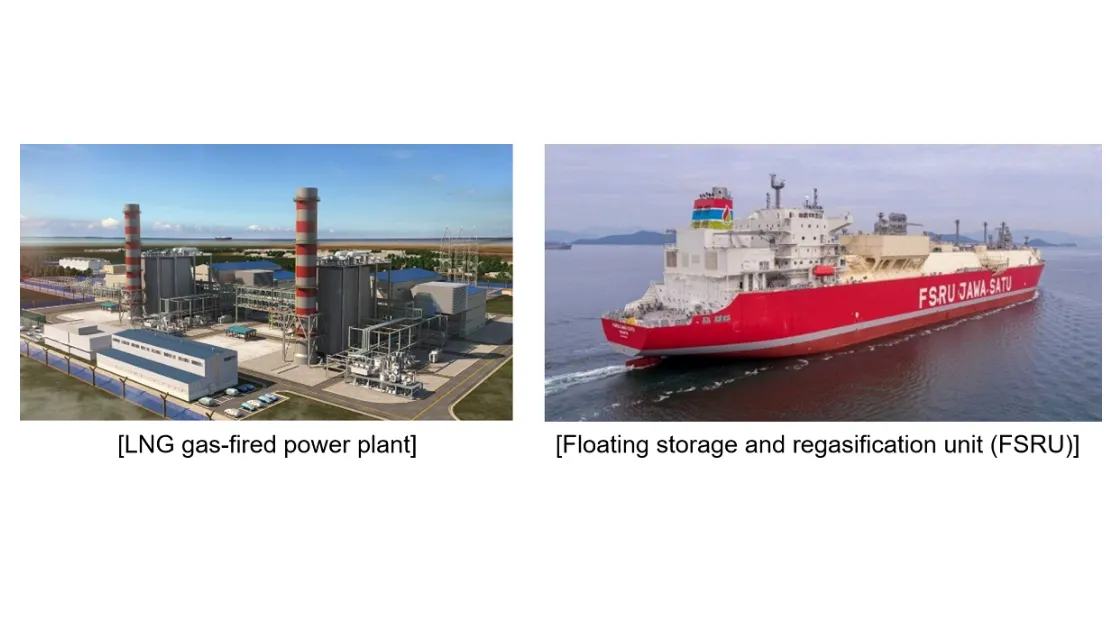
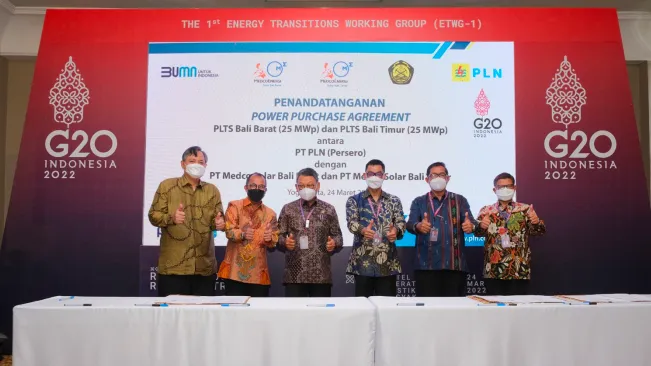





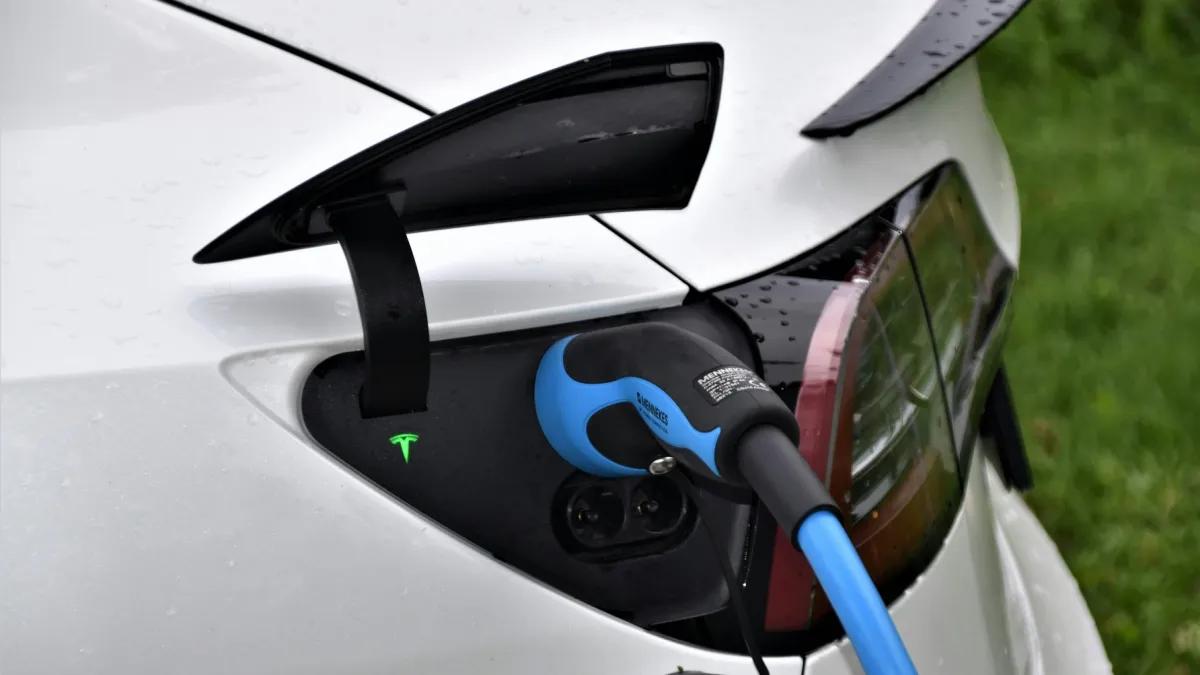



 Advertise
Advertise
